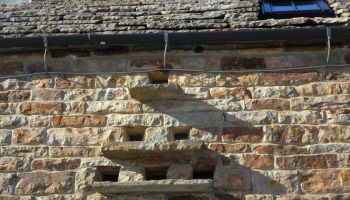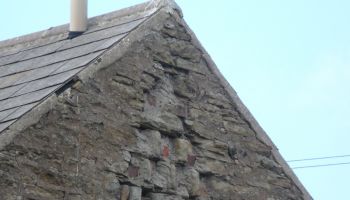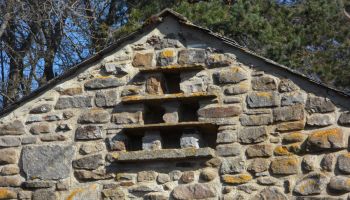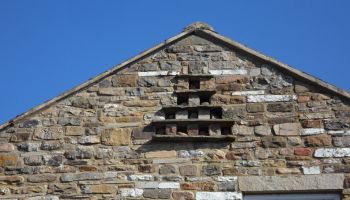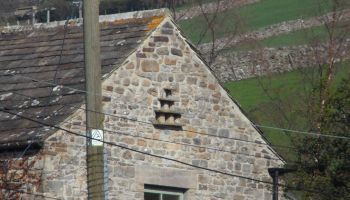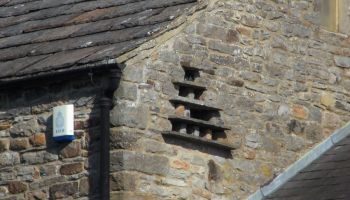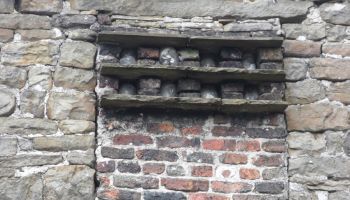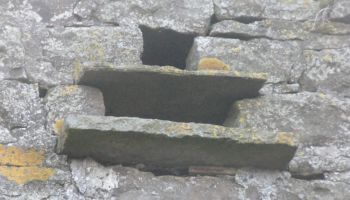Dovecotes, also known as pigeon lofts or culverhouses, were probably introduced to the UK by the Normans, and provided a nesting house for pigeons, which could then be domesticated and farmed on a large scale. In the Middle Ages only the lords of the Manor and the monasteries were allowed to keep pigeons while the lower classes had to protect their crops from the pigeons’ foraging as best as they could. Free standing dovecotes could accommodate over 500 pairs of pigeons and provided highly prized meat, eggs, dung and feathers for mattresses. The chicks or “squabs” were collected in the spring and late summer at four weeks old, before they had flown and when their flesh was at its most tender, and had their necks wrung. Older, tougher birds which needed hours of cooking had little value and were given to employees.
These free standing dovecotes, some quite elegant and ornamental, fell into neglect under the dual threat of the brown rat which arrived in the UK around 1730 and more intensive and profitable modern farming techniques introduced from the eighteenth century onwards, and few of these structures survive today. Unlike the native black rat, which preferred fruit and seeds and was supplanted by the brown rat and became extinct in the UK, the brown rat was a voracious predator which freely plundered pigeon young and eggs.
When the rules on keeping pigeons were relaxed after 1600 dovecotes on a much smaller scale began appearing in the stone walls of farmhouses and houses and on the upper storey of two storey farm buildings, and these are the dovecotes we can still see in Weardale today. To protect against rats these dovecotes were built into the apex of gable ends or set high in byres above smooth walls. It is hard today, when pigeons are kept only for showing or racing, for us to imagine a time not so long ago when a poor farmer or miner’s family would have greatly valued the occasional pigeon pie to supplement meagre and unvaried rations. The ledges set below the nest entrance in the stone dovecotes in the northern counties of Britain were not an anti-rat device but rather an alighting and perching platform for the pigeons, when direct entrance from flight into the nest hole was more difficult in windy northern climes.
Dovecotes
Prev Post
